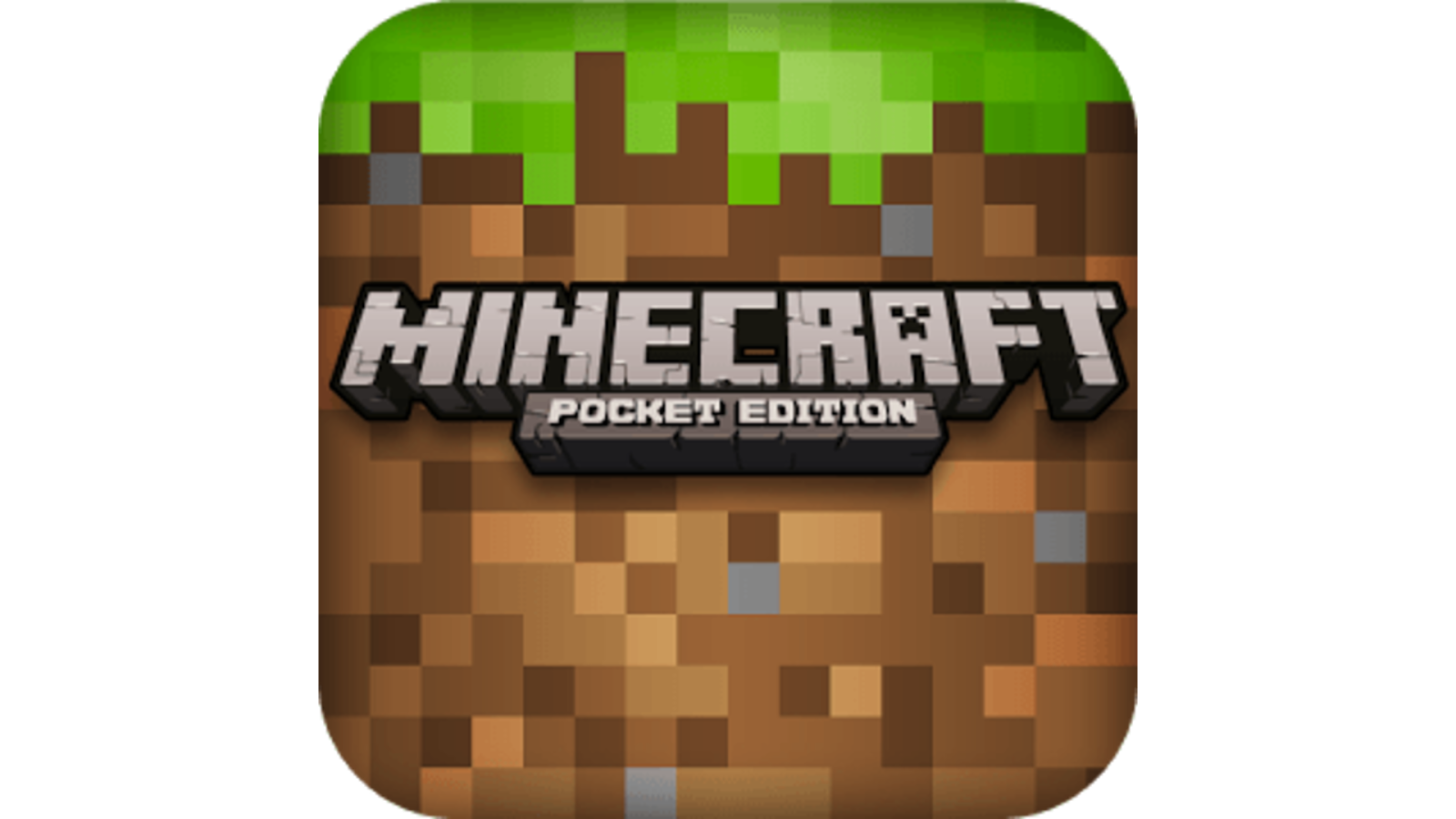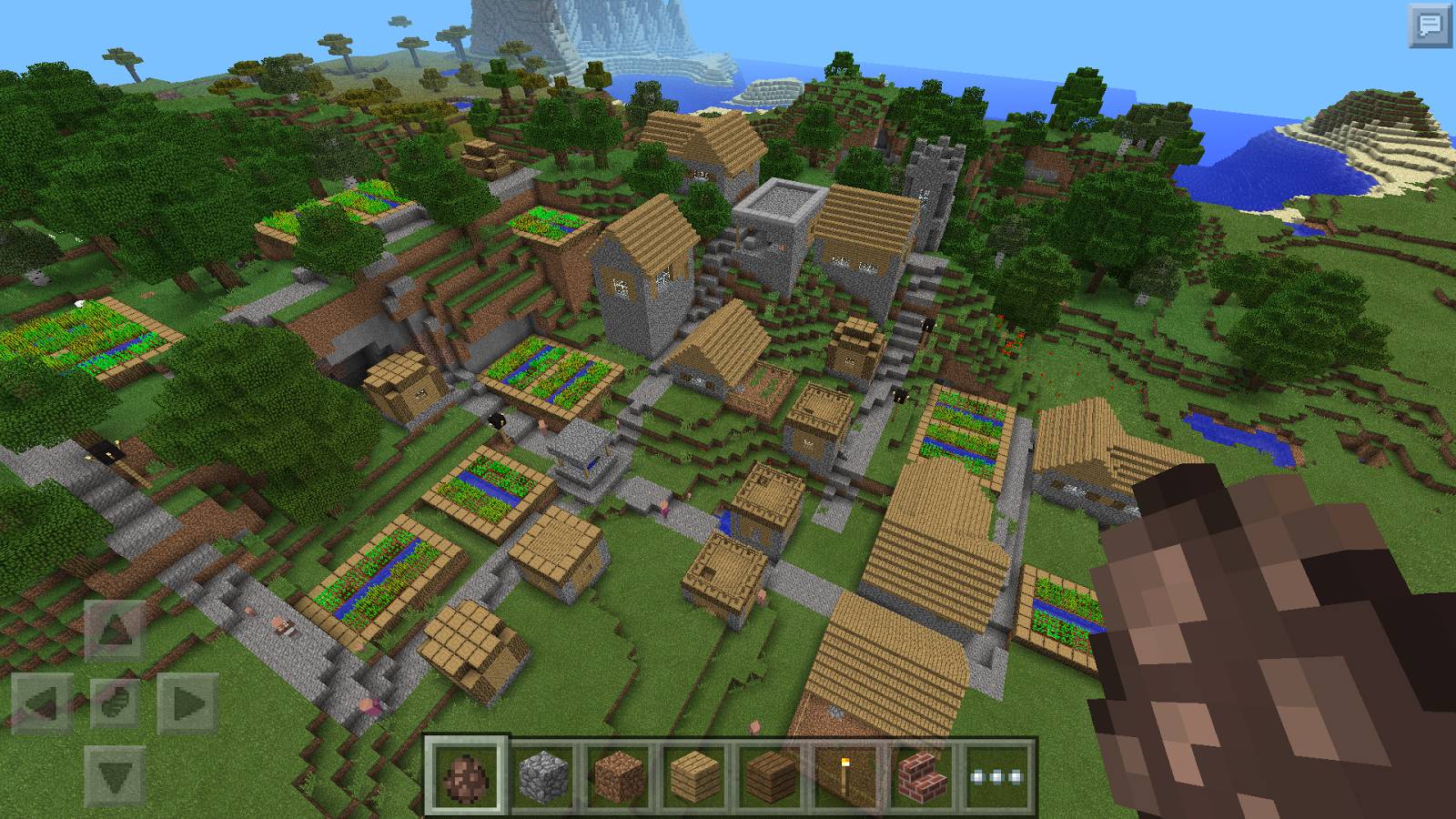“apk minecraft pocket
Okay, here is an article about Minecraft Pocket Edition (now simply known as Minecraft on mobile) written in English, aiming for approximately 1600 words.

The Infinite World in Your Pocket: A Deep Dive into Minecraft Mobile (APK)
Minecraft is more than just a game; it’s a cultural phenomenon, a digital sandbox that has captured the imaginations of millions across the globe. From its humble beginnings on PC, it has expanded its reach to nearly every conceivable platform. Among these, the mobile version, originally known as Minecraft Pocket Edition (MCPE) and now simply "Minecraft" on iOS and Android, holds a particularly special place. It brought the vast, blocky world to our fingertips, allowing us to mine, craft, build, and explore wherever we go.
This article will delve deep into the world of Minecraft Mobile, exploring its history, core gameplay, unique features, why it became such a massive success, how to get started, and the vibrant ecosystem surrounding it, including a look at customization options often associated with the term "APK."
A Journey Through Time: The Evolution of Minecraft Mobile
The story of Minecraft on mobile began in a much simpler time for both the game and mobile technology. In 2011, Mojang released an alpha version of Minecraft Pocket Edition for the Xperia Play, a PlayStation-certified Android smartphone. It was a very basic iteration, lacking many features present in the PC version at the time. There was no survival mode, no crafting, and a limited selection of blocks. It was essentially a creative-only building tool.
Despite its initial limitations, MCPE quickly gained traction. Mojang committed to regular updates, rapidly adding features that players craved. Survival mode, crafting, mining, mobs, and essential game mechanics were gradually introduced. The world size, initially tiny, expanded to "infinite" (or at least, very large and procedurally generated).
A significant turning point came with the development of the "Bedrock Engine." Mojang decided to unify the codebase for its console, mobile, and Windows 10 versions. This new version, powered by the Bedrock Engine, replaced MCPE entirely in 2017, dropping the "Pocket Edition" moniker and simply becoming "Minecraft." This unification was crucial, enabling cross-platform multiplayer – a feature that dramatically boosted the game’s popularity on mobile, allowing players on phones to connect with friends on Xbox, PlayStation, Nintendo Switch, and Windows 10.
The Bedrock update also brought the Minecraft Marketplace, a curated store within the game where players could purchase skins, texture packs, worlds, and mini-games created by Mojang and official partners. This provided a legitimate way for players to customize their game and for creators to monetize their work, adding another layer to the mobile experience.
From a limited building app on a niche phone, Minecraft Mobile evolved into a full-fledged version of the game, feature-rich and capable of connecting players across diverse platforms.

The Heart of the Game: Core Gameplay on Mobile
At its core, Minecraft Mobile offers the same fundamental sandbox experience that has captivated millions. Players are dropped into a vast, procedurally generated world made entirely of blocks. There are no explicit goals or objectives (unless you choose to pursue them, like defeating the Ender Dragon). Instead, the game provides tools and a world, leaving players free to decide their own adventure.
The core gameplay loop revolves around:
- Exploration: Discovering new biomes (forests, deserts, mountains, oceans, etc.), finding resources, locating structures (villages, temples, dungeons), and navigating the terrain.
- Mining: Breaking blocks to collect resources like wood, stone, ores (coal, iron, gold, diamond), and other materials essential for progression.
- Crafting: Using collected resources to create new items, tools, weapons, armor, building blocks, and complex machinery via the crafting interface.
- Building: Placing blocks to construct shelters, houses, castles, elaborate structures, or anything else imaginable.
- Survival (Optional but popular): Managing health and hunger, fending off hostile mobs that appear at night or in dark places, and progressing through the game’s challenges.


This loop is intuitive yet endlessly deep, providing a foundation for countless hours of gameplay. On mobile, this experience is translated through touch controls, which have been refined over the years to be surprisingly functional, though some players still prefer external controllers for complex tasks like combat or precise building.
Survival Mode: The Ultimate Mobile Challenge
Survival mode is where many players begin their Minecraft journey. You start with nothing, dropped into a random spot in the world as the sun begins to set. The immediate priority is simple: survive the first night. This involves punching trees to get wood, crafting basic tools, finding or digging shelter, and potentially finding food to stave off hunger.
As you progress in Survival, the challenges and opportunities expand:
- Resource Management: You constantly need to gather materials – coal for torches and fuel, iron for better tools and armor, food to replenish hunger, etc.
- Tool and Armor Progression: Starting with wooden tools, you upgrade to stone, iron, diamond, and even netherite, each offering increased durability and efficiency. Armor provides protection against damage.
- Enchanting and Potions: Late-game survival involves enchanting gear to give it special properties (e.g., increased mining speed, protection from fire) and brewing potions for temporary buffs (e.g., night vision, strength, healing).
- Fending Off Mobs: Zombies, skeletons, creepers, spiders, and a variety of other hostile creatures spawn in darkness. Combat requires timing, strategy, and appropriate gear.
- Exploring Dimensions: Survival mode eventually leads players to the Nether (a fiery dimension for resources and travel) and the End (a void dimension where the final boss, the Ender Dragon, resides).
Playing Survival on mobile means managing these elements with touch controls. While it can be challenging, the portability allows players to chip away at their survival world during commutes, lunch breaks, or while relaxing away from a console or PC.
Creative Mode: Unleash Your Imagination
For players who prefer building and design without the constraints of survival, Creative mode is the perfect playground. In this mode:
- You have access to an infinite supply of every block and item in the game.
- You can fly freely around the world.
- You can break any block instantly.
- You are immune to damage.
Creative mode on mobile is a powerful tool for architects, artists, and designers. Players can build massive structures, intricate redstone contraptions (Minecraft’s version of circuitry), pixel art, or recreate real-world landmarks. The touch interface, while sometimes less precise than a mouse, is well-suited for block placement and manipulation, making it easy to build on the go.
Many players use Creative mode to plan builds before attempting them in Survival, or simply as a relaxing way to express their creativity without the pressure of managing resources or fighting monsters.
Exploring the Infinite: Worlds, Biomes, and Structures
Minecraft Mobile generates vast, unique worlds using a "seed" (a string of numbers or letters). Every seed creates a different layout of biomes, terrain features, and structures.
- Biomes: These are distinct geographical regions with different climates, vegetation, and terrain. Examples include dense forests, arid deserts, snowy tundras, vast oceans, towering mountains, swampy marshes, and rare mushroom fields. Exploring different biomes is essential for finding specific resources and experiencing the visual diversity of the game.
- Terrain: The landscape varies greatly, from flat plains ideal for building to dramatic cliffs, deep ravines, and intricate cave systems. Caves are particularly important on mobile, as they are primary sources of ores and dangerous encounters.
- Structures: The world is dotted with pre-generated structures like friendly villages (where you can trade with villagers), dangerous dungeons (containing spawners and loot), desert temples, jungle temples, shipwrecks, ocean monuments, and rare woodland mansions. Finding these structures provides goals, challenges, and valuable resources.
The "infinite" nature of the world means you can theoretically travel forever, constantly discovering new areas. On mobile, this vastness is compressed into a portable experience, allowing for exploration during downtime.
Building Your Dreams: Architecture and Design
Building is arguably the most iconic aspect of Minecraft. With hundreds of different block types – from simple dirt and stone to colorful wool, polished concrete, glowing blocks, and intricate redstone components – the possibilities are nearly limitless.
Minecraft Mobile provides the tools to build anything from a simple dirt hut for the first night to sprawling cities, detailed pixel art, functional farms, automated factories using redstone, and breathtaking landscapes. The touch controls for placing and breaking blocks are intuitive, making it easy to get started. More complex builds might benefit from practice or using features like scaffolding blocks.
The building aspect fosters creativity, spatial reasoning, and even basic engineering principles (especially with redstone). It’s a core reason for the game’s enduring appeal on mobile, providing a portable canvas for imagination.
From Ore to Ingot: Mining and Resource Gathering
Mining is the backbone of progression in Survival mode. It involves digging into the earth, exploring caves, and quarrying the landscape to find essential resources.
- Wood: The very first resource, obtained by punching trees. Used for crafting tables, basic tools, and building.
- Stone: Found underground, used for more durable tools and building.
- Coal: Used for torches (essential for lighting up dark areas and preventing mob spawns) and fuel for furnaces.
- Iron: A crucial early-game ore. Smelted into iron ingots to make durable tools, armor, and essential items like buckets and shears.
- Gold: Less durable than iron but used for specific items, potions, and trading with Piglins in the Nether.
- Diamond: One of the most sought-after ores, used for the most durable tools, armor, and weapons before Netherite. Found deep underground.
- Redstone: A complex resource used for creating circuits, automated systems, traps, and various contraptions.
- Lapis Lazuli, Redstone, Diamond, Emerald, Nether Quartz: Used for enchanting, trading, and specific crafting recipes.
Mining on mobile requires careful navigation of dark caves and ravines, managing inventory space, and dealing with mobs that lurk in the shadows. It’s a loop of risk and reward that drives much of the survival experience.
The Art of Creation: Crafting and Inventory Management
Crafting is how raw resources are transformed into useful items. The crafting system in Minecraft Mobile is based on recipes, combining specific items in a crafting grid (either a 2×2 grid in the inventory or a 3×3 grid using a crafting table).
The mobile interface for crafting is user-friendly, often showing available recipes based on the items in your inventory. From basic tools and weapons to complex machinery and decorative blocks, crafting is essential for survival and building.
Inventory management is also a key skill. Players have a limited number of slots to
